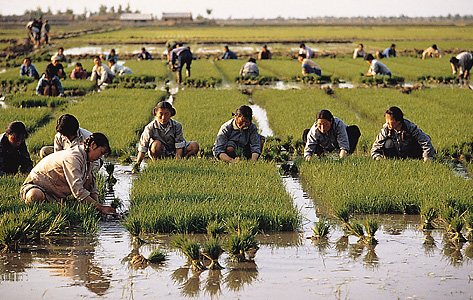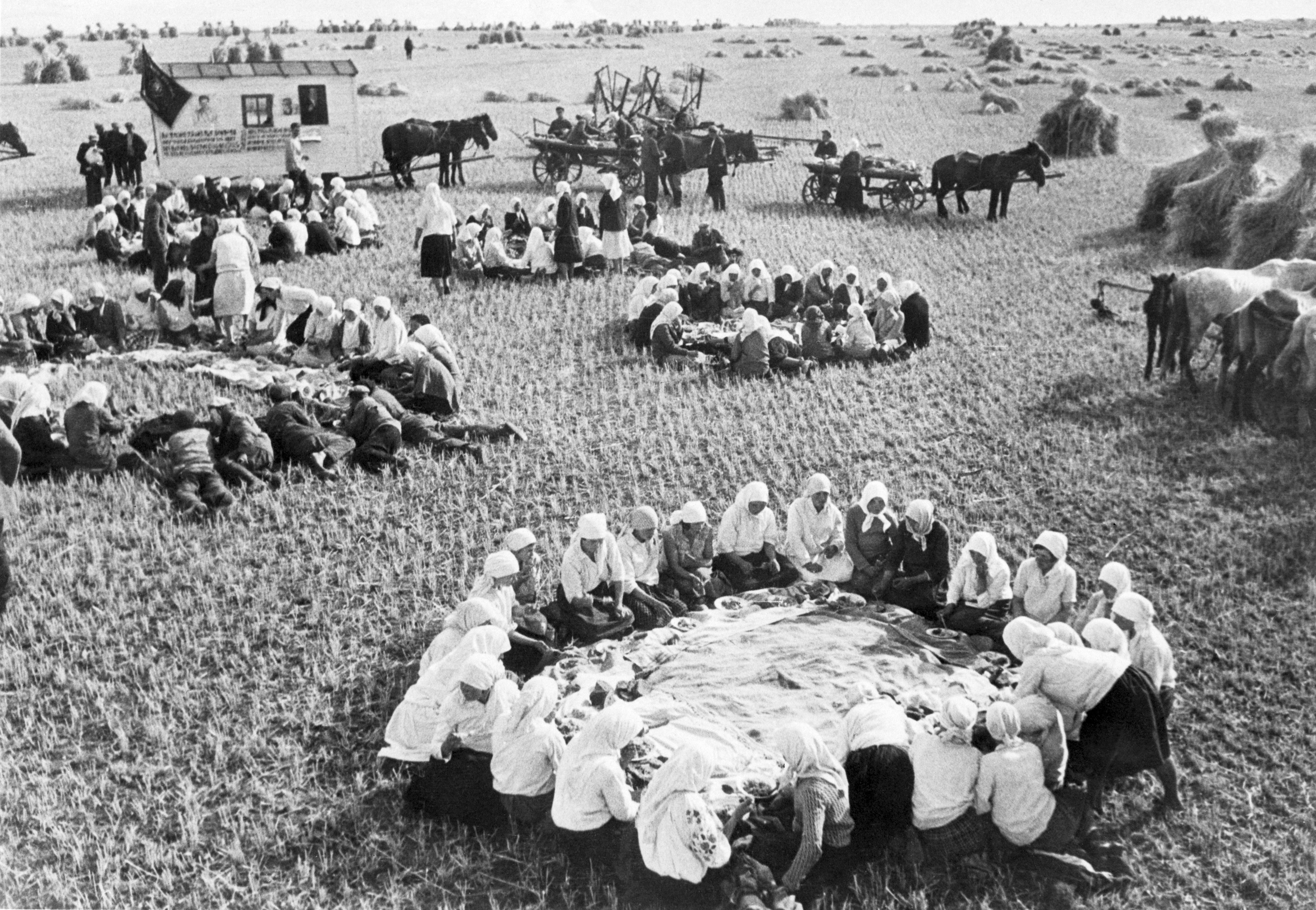Collective farm is a farm operated by a group cooperatively. The farm may be owned jointly by the group, by individuals in the group, or by the government. On most collective farms, workers receive a share of the farm’s profits, some of its products, and a small wage. In many countries, the workers also help manage the farm. Collective farms differ from state farms, which the government owns and runs. On state farms, the government pays the workers a wage and, in some cases, gives them a small portion of the farm’s products.

Collective farms were introduced in Russia after Communists gained control there in 1917. Beginning in 1929, Soviet dictator Joseph Stalin forced millions of peasants to give up their land and join government-controlled collective farms. Later, he combined some of these farms to create state farms. Soviet leaders thought the collective and state farms would be more efficient and productive than the tiny family farms they replaced. After World War II ended in 1945, new Communist governments in China, North Korea, and most countries of Eastern Europe imitated the Soviet system.
But the collective and state farms in Communist countries proved to be inefficient and unpopular. Most farmers resented their low earnings and the government’s tight control over production. As a result, production remained below government expectations, and food shortages became common. 
In the late 1980’s, non-Communist governments replaced Communist governments in many countries of Eastern Europe. In 1991, the Soviet Union broke up into a number of independent, non-Communist states. All Eastern European countries in which the government had owned most farms–and many of the former Soviet states–took steps to redistribute much state-owned land to private farmers.
